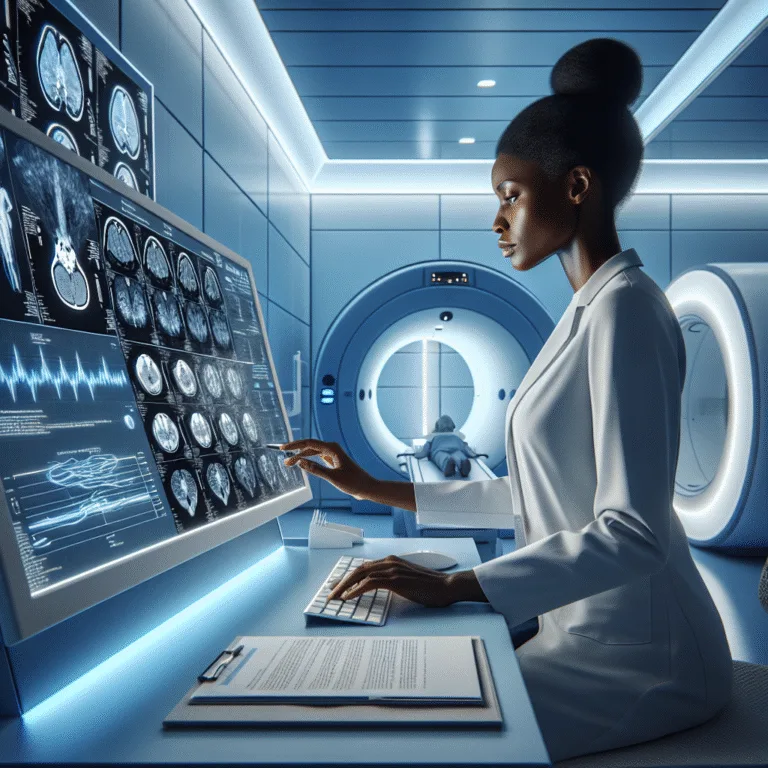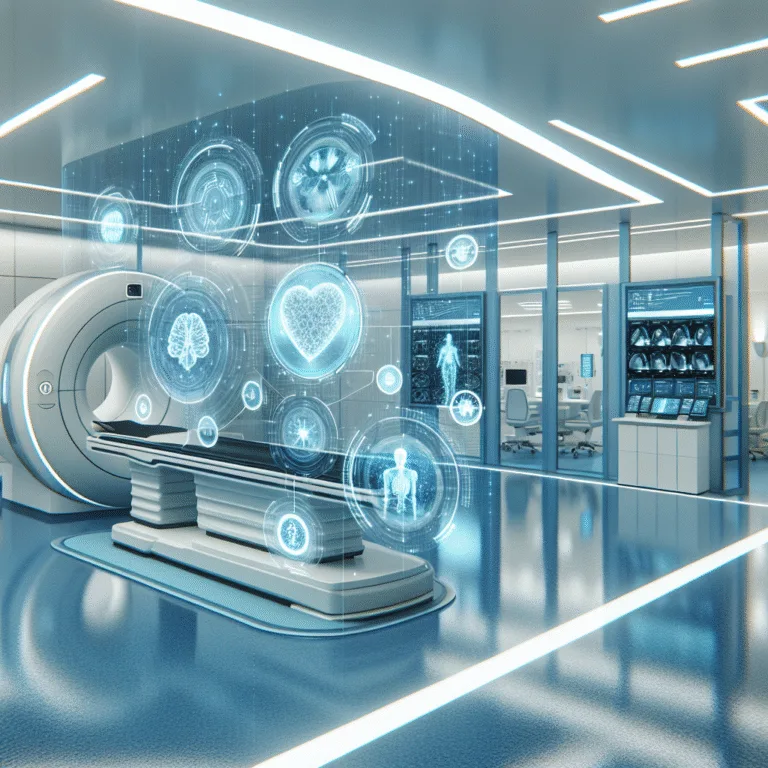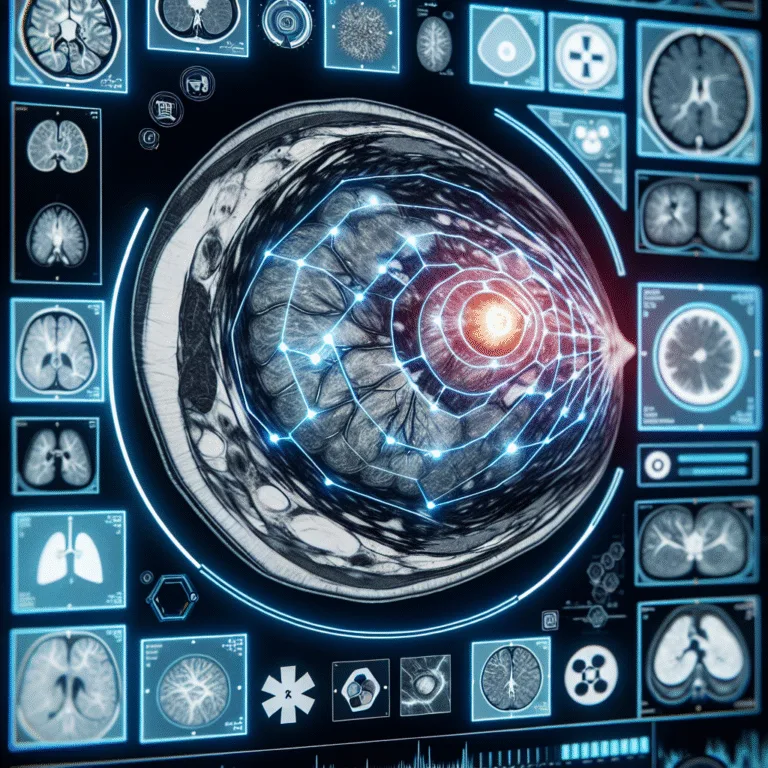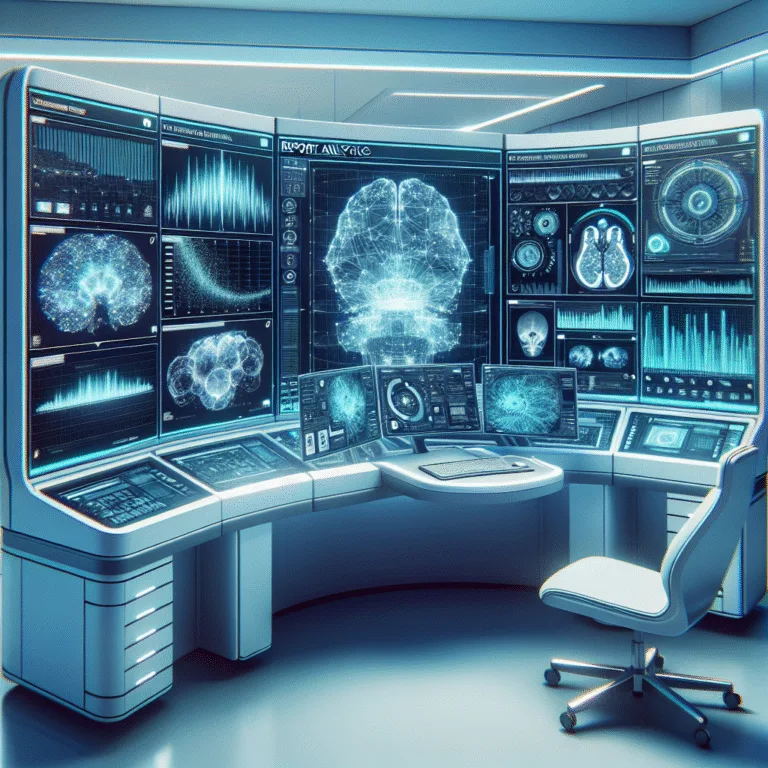AI Radiology Case Study: How One Clinic Improved Accuracy and Speed
In the rapidly evolving field of radiology, the integration of artificial intelligence (AI) has sparked both excitement and skepticism. Can AI truly transform the day-to-day operations of an imaging center? This case study on “AI Radiology” provides insights into how one forward-thinking clinic harnessed the power of AI to deliver astonishing improvements in accuracy and speed.
Background: The Need for Change
Radiological imaging plays a critical role in patient diagnosis and treatment planning. However, the increasing volume of imaging studies has placed a significant burden on radiologists, leading to longer turnaround times and heightened potential for errors. In response, a busy clinic decided to explore AI solutions to address these challenges.
Identifying the Challenges
Prior to implementing AI, the clinic faced several issues:
- Extended report turnaround times, causing delays in patient care.
- Increased workload on radiologists, leading to burnout and reduced job satisfaction.
- Potential for human error in imaging interpretation, affecting diagnostic accuracy.
The clinic needed a solution that could augment their radiologists’ capabilities, improve efficiency, and maintain high standards of care. Enter AI-assisted reporting tools.
The AI Solution: Implementing Rad Report AI
After thorough research, the clinic chose Rad Report AI, a robust AI-powered reporting tool designed to streamline the reporting process. This tool offered several features tailored to their needs, including:
- Automated data extraction from imaging studies, enabling quick analysis.
- Advanced machine learning algorithms for aiding image interpretation.
- Integration with voice dictation systems to facilitate faster report drafting.
Rad Report AI promised not only to reduce the burden on radiologists but also to enhance the overall quality of radiological reports.
Implementation and Overcoming Challenges
The implementation process, like any technological transition, posed its own set of challenges. These included:
- Initial resistance from staff due to concerns about job security and changes in workflow.
- Technical hurdles related to integrating AI software with existing systems.
- Training radiologists and staff to effectively use the new system.
To address these challenges, the clinic conducted comprehensive training sessions and workshops, reassured staff about AI serving as an assistive tool rather than a replacement, and worked closely with the Rad Report AI support team to ensure seamless integration.
Real-World Results
The outcomes of adopting the AI tool were impressive and swift:
- Improved Report Accuracy: By leveraging machine learning for image analysis, diagnostic accuracy improved, minimizing instances of misdiagnosis.
- Faster Turnaround Times: The average turnaround time for reports was reduced by 30%, significantly speeding up the diagnostic process and subsequent patient care.
- Enhanced Radiologist Productivity: Radiologists were able to handle a higher volume of cases, focusing more on complex interpretations and less on routine tasks.
Moreover, the introduction of AI significantly bolstered staff morale. Radiologists experienced reduced stress levels and gained more professional satisfaction as they concentrated on high-value tasks. The success of this implementation underscores the transformative potential of AI in healthcare settings.
Broader Implications for the Radiology Practice
This case study is not just a testament to AI’s capabilities in enhancing efficiency but also highlights its role in revolutionizing radiological practices across the board. As demonstrated by this clinic, AI can be a powerful ally in managing workload, improving accuracy, and providing a higher quality of care to patients.
The success story of this AI integration also serves as a valuable model for other imaging centers considering similar technological advances. By thoughtfully implementing AI solutions tailored to their specific needs, other practices can realize comparable benefits.
Looking Forward
As AI technology continues to advance, its role in radiology is set to expand further. Continuous improvements in algorithms and machine learning capabilities will offer even greater sophistication in diagnostics and patient management.
Furthermore, the ongoing collaboration between radiologists and AI developers will be crucial in fine-tuning these tools to better meet the needs of medical professionals and their patients.
For practices yet to embrace AI, the potential benefits demonstrated in this case study offer a compelling reason to explore the integration of advanced technologies like Rad Report AI. The path to enhanced efficiency, improved accuracy, and superior patient care lies in harnessing the full potential of AI-driven solutions.
Leading organizations within the radiology community are also endorsing AI-enhanced systems, further supporting the widespread adoption of such technologies. As the evidence mounts, the case for AI in radiology becomes increasingly compelling.
In conclusion, this AI Radiology case study exemplifies the tangible benefits of implementing AI-driven reporting tools in a clinical setting. The outcomes observed have been nothing short of transformative for the clinic, positioning them at the forefront of technological innovation in healthcare.
🚀 Try Rad Report AI For Free — and experience faster, smarter reporting today.







